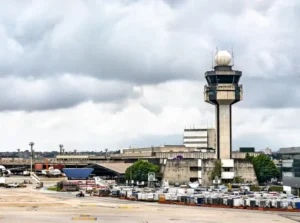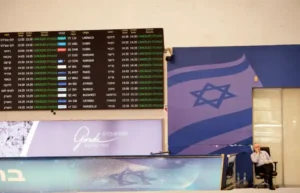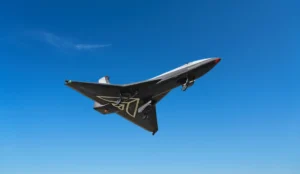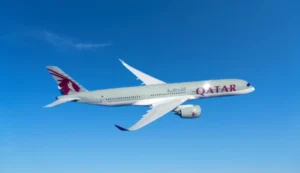CAAS Chief Urges Heightened Focus on Runway Safety Amidst Air Traffic Growth
Han Kok Juan Highlights Safety Challenges as Singapore’s Aviation Industry Approaches Pre-Pandemic Levels

image source: CAAS
In light of Singapore’s aviation sector nearing full recovery from the COVID-19 pandemic, Han Kok Juan, the director-general of the Civil Aviation Authority of Singapore (CAAS), emphasized the critical importance of runway safety at the Aviation Safety Forum 2024 on April 26.
Speaking at the forum organized by CAAS at the Crowne Plaza Changi Airport hotel, Han addressed the anticipated return to pre-pandemic air traffic levels at Changi Airport, underscored by the recent announcement from Changi Airport Group indicating a surpassing of pre-pandemic passenger volumes for the first quarter of 2024.
Han cautioned that this resurgence in air travel would lead to heightened operational complexities and workload, necessitating a concerted focus on ensuring runway safety amidst evolving challenges. He highlighted potential safety risks associated with a less experienced post-pandemic workforce, changing weather patterns, concerns with original equipment manufacturers, and disruptions due to international conflicts.
Drawing attention to past incidents such as the collision at Tokyo’s Haneda Airport and runway mishaps at Changi Airport, Han stressed the imperative for proactive measures to mitigate runway safety risks. Despite Singapore’s favorable safety record, Han referenced runway incursions at Changi and Seletar airports from 2018 to 2023, emphasizing the need for continuous vigilance and collaboration across stakeholders.
Han disclosed CAAS’s ongoing efforts to develop a new national aviation safety plan for 2025-2027, aimed at addressing post-pandemic challenges comprehensively. This plan will serve as a strategic blueprint for the sector, incorporating technological advancements, human factors considerations, and enhanced collaboration initiatives to bolster runway safety measures.
Highlighting the pivotal role of technology in supporting human performance and data-driven safety analysis, Han underscored the need for robust training programs and improved systems to mitigate human performance limitations. Additionally, he emphasized the importance of fostering collaboration within the industry, citing runway safety teams as a prime example of collective efforts to address safety risks proactively.
The Aviation Safety Forum also delved into lessons learned from past runway operations and the role of human factors in enhancing runway safety protocols, reflecting the industry’s commitment to continuous improvement and proactive risk management.
As Singapore’s aviation sector navigates the pathway to recovery, Han’s call for heightened vigilance and proactive safety measures serves as a timely reminder of the industry’s unwavering commitment to ensuring the safety and security of air travel for passengers and stakeholders alike. Stay tuned for further updates as CAAS continues to spearhead initiatives to fortify runway safety standards in Singapore’s aviation landscape.






